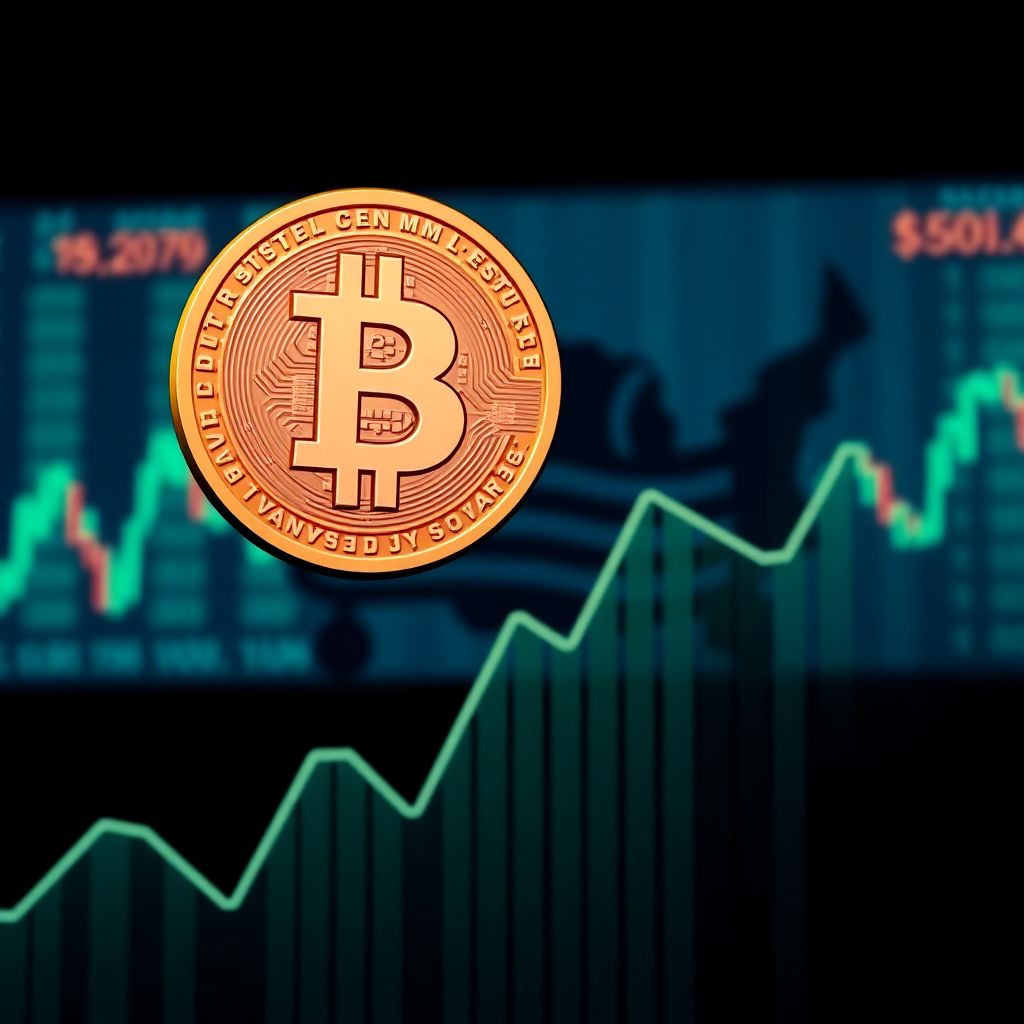Bitcoin Faces Crucial Inflation Update as Market Weighs Tariffs and Employment Trends
Bitcoin and the wider financial ecosystem are preparing for a pivotal moment as the first Consumer Price Index (CPI) report since the U.S. government shutdown is set to be released this Friday. Investors and analysts alike are closely monitoring the data, which could significantly influence the Federal Reserve’s upcoming decision on interest rates.
Although the inflation report is a key event, market experts anticipate a subdued response from cryptocurrencies, including Bitcoin. This tempered expectation stems from broader economic issues currently overshadowing inflation, such as trade tariffs and labor market dynamics.
Tim Sun, a senior analyst at HashKey Group, emphasized that the reaction from both digital assets and traditional markets is likely to be measured. “Market participants are more concerned with weakening employment figures and slowing consumer demand than with the inflation reading alone,” he explained.
The backdrop to this data release is notable. Since the U.S. government shutdown on October 1, there has been a scarcity of updated economic indicators, particularly concerning employment. This gap in data has left policymakers and investors operating with limited visibility into the state of the economy.
Friday’s CPI report will provide critical insight into whether price pressures are continuing to ease or beginning to climb again. The outcome could influence how the Fed approaches monetary tightening or easing in its next meeting. If inflation is found to be running higher than expected, it could reignite concerns about prolonged high interest rates, something that typically weighs on risk assets like cryptocurrencies.
However, current market sentiment suggests that inflation may not be the dominant theme this week. Instead, attention is shifting toward the implications of rising import tariffs and a labor market that appears to be softening. Recent signals from employers, including slower hiring and increased layoffs in certain sectors, suggest that economic momentum may be cooling.
Bitcoin, often viewed as a hedge against inflation and economic instability, has shown noticeable resilience in the face of macroeconomic headwinds. Yet, its performance remains tightly linked to central bank policy decisions and investor risk appetite. If the CPI shows unexpectedly high inflation, the Fed may be forced to maintain its hawkish stance longer than anticipated, which could limit Bitcoin’s upside in the short term.
Conversely, a softer inflation print could support a more dovish outlook from the Fed and potentially provide a lift to Bitcoin prices. Such a scenario could also bolster broader risk assets, including equities and altcoins, as markets adjust to the possibility of rate cuts or at least a pause in further hikes.
Beyond immediate price movements, this inflation report also serves as a test of Bitcoin’s evolving role in the financial system. Over the past years, Bitcoin has transitioned from being viewed solely as a speculative asset to a potential store of value and hedge against traditional financial instability. How it reacts to economic data like the CPI could offer further insight into whether it is living up to these expectations.
Adding to the complexity is the ongoing uncertainty around global trade policies. With tariffs once again becoming a focal point in U.S. economic strategy, investors are concerned about the potential ripple effects on supply chains and consumer prices. If tariffs push prices higher, inflation could remain stubborn, placing even more pressure on the Fed to act aggressively.
Meanwhile, on-chain data suggests that long-term Bitcoin holders remain relatively unfazed by short-term economic developments. Wallet activity shows a steady accumulation trend, indicating that many investors see this period as a buying opportunity rather than a cause for alarm.
Institutional interest also remains steady. Investment funds and large-scale crypto firms have not significantly altered their positions ahead of the CPI release, suggesting confidence in Bitcoin’s long-term fundamentals despite near-term uncertainty.
In the broader context, Bitcoin’s reaction to macroeconomic data like the CPI is becoming increasingly significant. As traditional financial institutions deepen their involvement in the crypto market, digital assets are now more sensitive to policy decisions, economic reports, and global market sentiment.
Looking ahead, analysts suggest keeping an eye on several key variables: the CPI figures themselves, any shifts in employment-related data once it becomes available, and the Federal Reserve’s tone at its upcoming meeting. A dovish Fed could signal a more supportive environment for cryptocurrencies, while a hawkish stance might reinforce caution among traders.
In conclusion, while Bitcoin is bracing for an important inflation update, the market’s response may be more reflective of broader economic concerns, including jobs and trade policy. The interplay between these elements will not only shape Bitcoin’s immediate trajectory but also influence its standing as a macro-sensitive asset in the evolving financial landscape.

